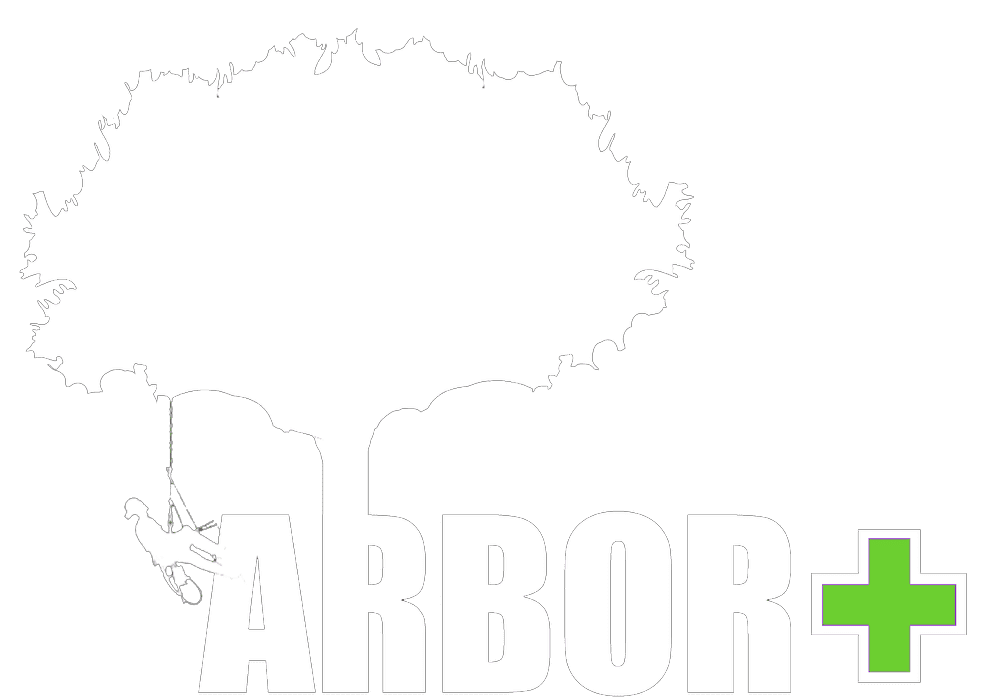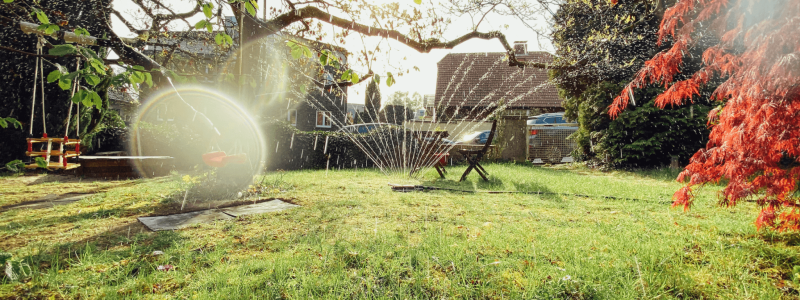Summertime is a busy season here at ArborPlus, but our head Arborist, Jon Kammerer, sat down to share a few helpful thoughts about protecting your trees and plants as we transition from the wet 2023 to a more typical hot and dry Utah summer.
Join Jon as we delve into the fascinating world of arboriculture, particularly focusing on deciduous trees and what happens when the temperature starts to warm up and things finally begin to dry out.
Deciduous Trees: The Beauty and The Bugs
Deciduous trees that shed their leaves annually are an essential part of Utah’s ecosystem. Their beauty is unmatched, especially in the summer when they are flush with leaves and in fall when they display vibrant colors.
These types of trees thrive in the wet weather we experienced earlier this year.
But it wasn’t only the trees that loved the rain, the damp spring may have fostered an environment conducive to pests as well.
Certain insects, such as aphids and bark beetles, thrive in wet conditions.
These creatures might not only damage your trees but can also negatively impact your home’s aesthetic.
Aphids can cause yellowed, curled leaves, while bark beetles can bore into a tree, disrupting the flow of nutrients and potentially leading to tree death.
But don’t panic just yet! An annual inspection by an arborist, like those on our team at ArborPlus, can help identify these issues early, and targeted treatments can keep your deciduous trees healthy.
Proactive measures such as pruning and proper watering can further protect your trees from infestations, and our team can help.
Rising Temperatures and Tree Health
As the temperature rises here in Utah, our trees face another set of challenges.
Increased temperatures can stress trees, increasing vulnerability to pests and diseases.
Even more, the warmer weather accelerates the life cycle of many insects, leading to quicker, more frequent infestations. This could be compounded by the wet spring, as higher moisture levels often lead to more abundant insect populations.
As we move into the hot summer months, your trees may require more watering to combat heat stress, but be careful not to overwater, as this can lead to root rot and other issues.
Balance is key; your arborist can help you determine the right watering schedule for your specific trees and landscape.
- If your tree appears stressed or unhealthy, it might be time to call a local arborist. They can provide a thorough assessment and treatment plan, ensuring the health and safety of your trees.
Summer Limb Drop
People come to Utah from around the world for our breathtaking landscapes, and our state is home to a wide variety of tree species.
From deciduous trees like the quaking aspen and the boxelder, to evergreens like the Colorado blue spruce and the Engelmann spruce, these natural beauties contribute significantly to Utah’s biodiversity.
However, as we progress into the warmer months, trees here can undergo significant stress due to rising temps. This can have a multitude of effects on the health and structural integrity of our trees.
One of the most visually apparent manifestations of this stress is the dropping of limbs, which can occur in both deciduous and coniferous trees.
This phenomenon, known as summer limb drop, typically occurs on calm, hot days, and can seemingly happen without warning.
It’s a tree’s response to the intense heat and potential drought conditions, where the tree may shed limbs to reduce its overall water demand and cool itself down.
Essentially, the tree prioritizes its survival over maintaining all of its branches. While this is a natural response, it can pose safety risks for people and property nearby, making it essential for homeowners to monitor their trees during the hot summer months and consider professional tree care if limb drop becomes a significant concern.
Steps to take to protect your trees from pests and disease this summer
- Watering: Proper watering is crucial during the hot summer months. Younger trees require more frequent watering, while established trees benefit from deep, infrequent watering to encourage deep root growth. Water in the early morning or evening to minimize evaporation.
- Mulching: Apply a layer of organic mulch around the tree’s base. Mulch helps the soil retain moisture, cools the ground temperature, and reduces weed competition. Keep the mulch a few inches away from the trunk to prevent rot and pest infestation.
- Pruning: While heavy pruning is best done in late winter or early spring, removing dead or weak branches can be done anytime. Prune sparingly in the summer, focusing on dead, diseased, or unsafe branches.
- Inspect for Pests and Disease: Regularly check your trees for signs of stress, such as wilting, discoloration, or premature leaf drop. Pests or disease often take advantage of stressed trees, so early detection and treatment are key.
Final Thoughts
So, do you need to hire an arborist to care for your trees?
Taking care of your trees means understanding the changes in our environment and how they affect tree health.
The wet spring of 2023 and the hot summer in Utah present unique challenges, but with knowledge and preventive measures, you can ensure your trees stay healthy and robust.
In essence, it comes down to the value you place on your outdoor spaces and the time and knowledge you can devote to maintaining it. An arborist is more than a tree doctor; they’re an investment in the health and beauty of your home environment.
When you’re ready to work with a team of professional Arborists who can help protect the health of your trees, contact us.

